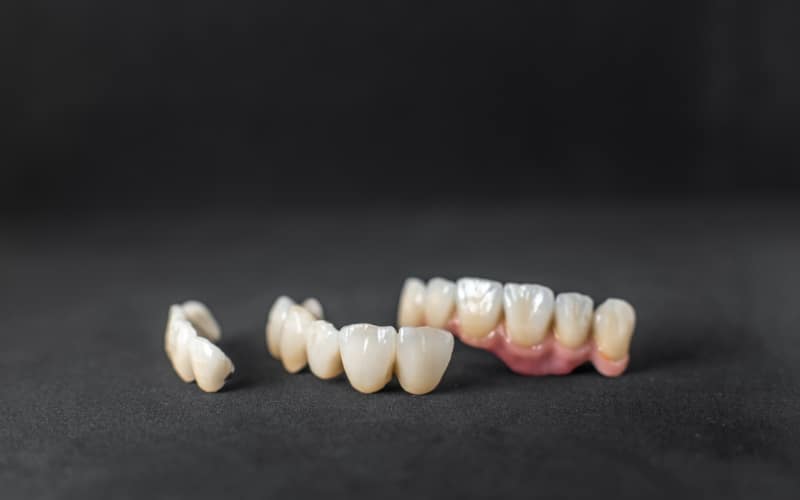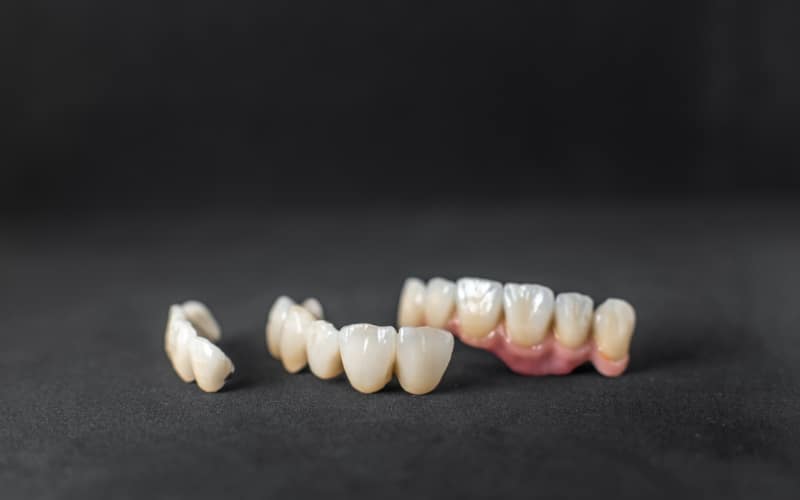New Patients Welcome!

Crowns are made to last many years, yet it’s not uncommon for patients to experience discomfort despite the crown having been in place for years. If you are experiencing throbbing tooth pain after a crown has been in place for years, it’s a sign that there may be a problem. Let’s talk about why old crowns can cause toothaches.
What Happens to a Crown Over Time?
While crowns are durable and made to last, they are not immune to wear and tear. With time, dental crowns can be susceptible to damage from the normal forces of chewing, grinding, and everyday use.
- Chewing pressure: The cyclical stress of biting down and chewing can eventually cause the crown to weaken or crack.
- Grinding teeth: Grinding your teeth will speed up the wearing away of the crown, often without you even realizing it.
- Weakening cement: Over time, the cement that secures the crown can deteriorate, permitting bacteria to seep underneath.
Decay Beneath the Crown
A common reason why you may be experiencing tooth crown pain after years is the development of decay beneath the crown. Even though crowns are designed to protect the tooth beneath them, they loosen or wear out over time and develop tiny openings through which bacteria have a tendency to accumulate.
- Bacteria can slowly work their way beneath the crown and rot the tooth.
- The rot is not painful but can cause stinging pain once it has grown sufficiently into the tooth.
Gum Recession and Sensitivity
With age, your gums begin to recede. This tends to cause issues in crowned teeth, where the gum is retracted from the crown to expose sensitive areas of the tooth. You would probably have increased sensitivity or pain with changes in temperature; this is typical with gum recession.
- When gums recede, they expose the root of the tooth, which is not covered by enamel, making it more susceptible to pain.
- Spaces caused by gum recession can also harbor food particles and bacteria, which can cause infections and additional tooth pain.
Crown Doesn’t Fit Like It Used To
A further cause of crown pain on the teeth after many years is misalignment. After some time, your bite and nearby teeth can move, meaning the crown no longer fits as before. A non-fitting crown can lead to pain or sensitivity while chewing.
- Even minor movements of your bite can put increased pressure on the crowned tooth and lead to a toothache.
- A poorly fitting crown may cause uneven pressure, leading to discomfort or a feeling that your bite is “off.”
When to See a Dentist?
These are some of the important signs that mean you should seek professional assessment:
- Continuous or aching pain near the crowned tooth
- Sensitivity to either cold or heat that lasts
- Visible fractures or looseness of the crown
- Pain while chewing or biting
The longer you wait to treat the problem, the worse it will get, so take the initiative in getting any pain you have from old crowns checked out.
Old crowns may appear to last an eternity, but they can cause toothaches for a number of reasons. If you have tooth crown pain after years of use, don’t delay and make an appointment with our dentist today.





